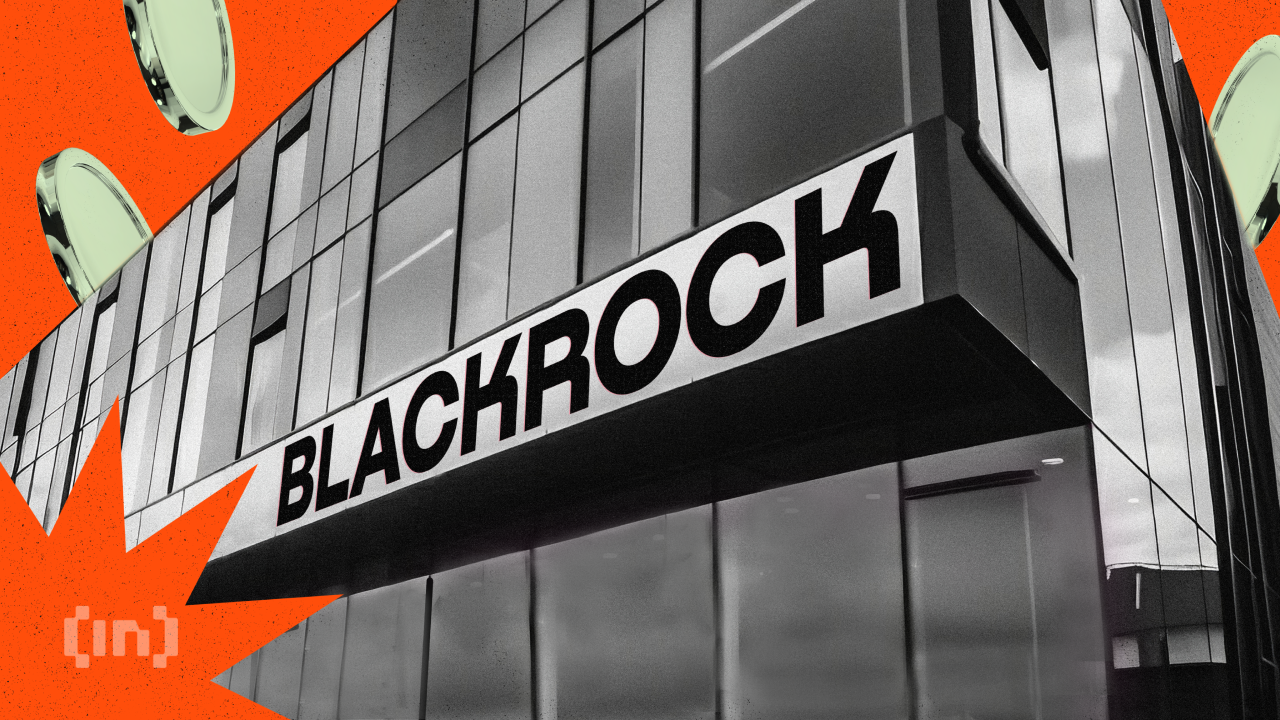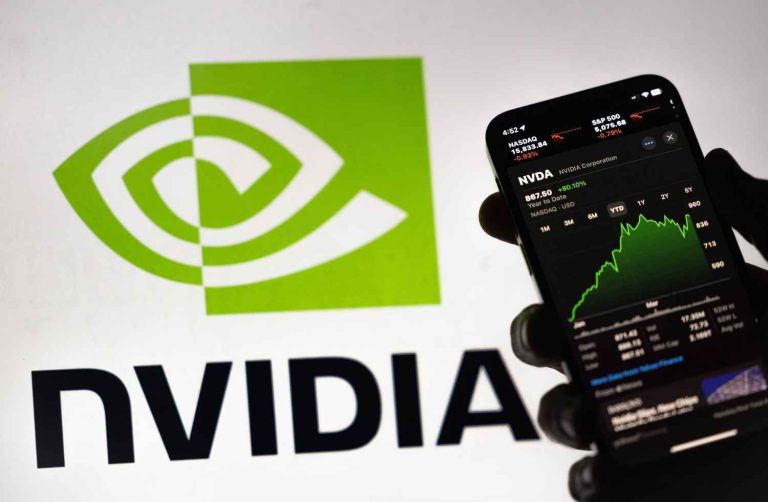
Bitcoin’s Halving Cycle: What Institutions Are Planning for 2026–2028
The cryptocurrency market is once again gearing up for a significant shift as the 2026–2028 Bitcoin halving cycle approaches. With institutional players like JPMorgan introducing new financial products linked to Bitcoin (BTC), the landscape for trading digital assets is evolving at a breakneck pace. This article explores how major financial institutions are positioning themselves for this pivotal period.
The Role of JPMorgan’s High-Risk IBIT Note
Wall Street is moving beyond Bitcoin spot ETFs into the world of structured products, starting with JPMorgan’s latest introduction: the IBIT note. Linked to BlackRock’s Bitcoin ETF, this product offers investors fixed double-digit returns under specific conditions but carries the risk of total principal loss if performance thresholds aren’t met. Here’s how it works:
- Potential Returns: Investors can earn up to 16% fixed returns by the end of 2026 if Bitcoin meets a preset price target and more than 50% by 2028.
- Critical Risks: If the ETF falls by more than 30% at any time during the investment period, investors could lose their entire principal.
According to JPMorgan, these notes are engineered around Bitcoin’s historic four-year halving cycle, appealing to traders willing to take on high volatility for the chance of outsized returns.
Why Institutions Are Moving Beyond Spot ETFs
While spot Bitcoin ETFs have historically been considered safer investment vehicles, the narrative is changing. Institutional players now prefer derivatives that promise amplified returns and leverage, even at the cost of higher risks. Analyst AB Kuai Dong explains, “Wall Street is pivoting to engineered products that don’t rely on simply holding Bitcoin. These tools allow financial institutions to profit from Bitcoin’s price performance without actually owning the asset.”
The IBIT note exemplifies this shift. Unlike spot ETFs, this product operates like a derivative, offering up to 1.5x upside gains without requiring direct ownership of Bitcoin. However, the trade-off is stark: even mild drawdowns in the market could completely erase investments due to its 30% performance barrier.
The 2026–2028 Halving Cycle and Market Predictions
Bitcoin’s halving cycles historically influence its price trajectory. The most recent halving occurred in April 2024, and based on past trends, the market typically experiences a significant contraction about two years later, followed by a surge leading into the next halving. This makes 2026 to 2028 a critical period for traders and institutions alike.
By designing products like the IBIT note, JPMorgan is betting on this predictable cycle. It also signals increased sophistication in how institutional players approach Bitcoin. Structured products, long a staple in traditional finance, are now entering the digital asset space.
Invest Smart: What Does This Mean for Individual Traders?
The introduction of high-risk, high-reward products like JPMorgan’s IBIT note underscores a fundamental shift in how Bitcoin is traded at the institutional level. However, these products aren’t for everyone—they cater primarily to sophisticated and risk-tolerant investors. For individual or beginner traders, it’s critical to exercise caution and understand the risks involved before diving into complex derivatives.
Investors looking to participate in the Bitcoin market in a safer capacity might consider products such as Ledger’s hardware wallet Ledger Nano X to securely manage their crypto assets instead of venturing into high-volatility derivatives.
Conclusion: Institutional Tools Shaping Bitcoin’s Future
The 2026–2028 Bitcoin halving cycle promises to bring new opportunities and risks to the table. As JPMorgan’s IBIT note demonstrates, the era of simple buy-and-hold strategies is slowly giving way to innovative financial products designed specifically for digital assets. Traders and investors should stay informed and prepared as they navigate this evolving market.



